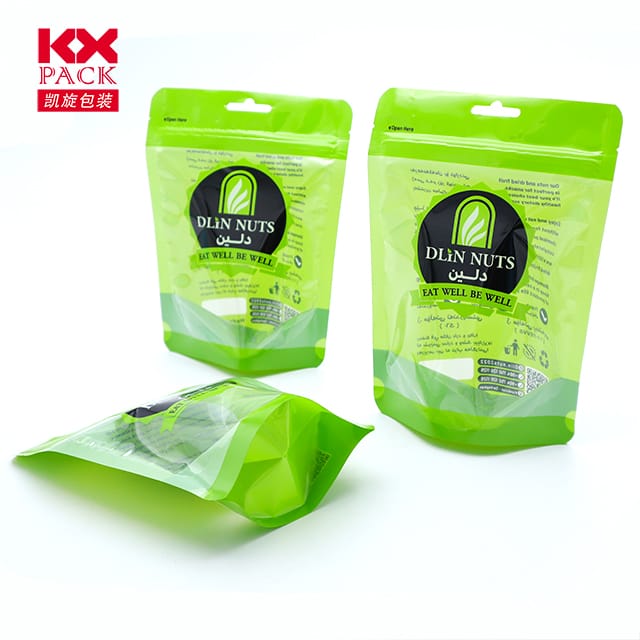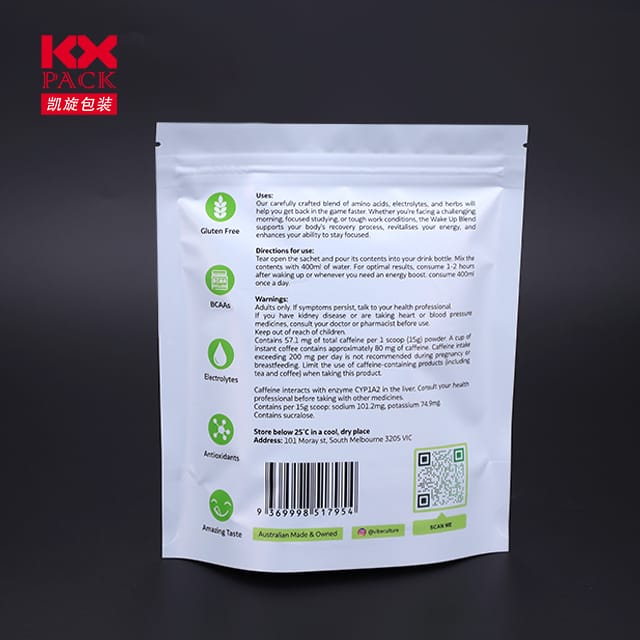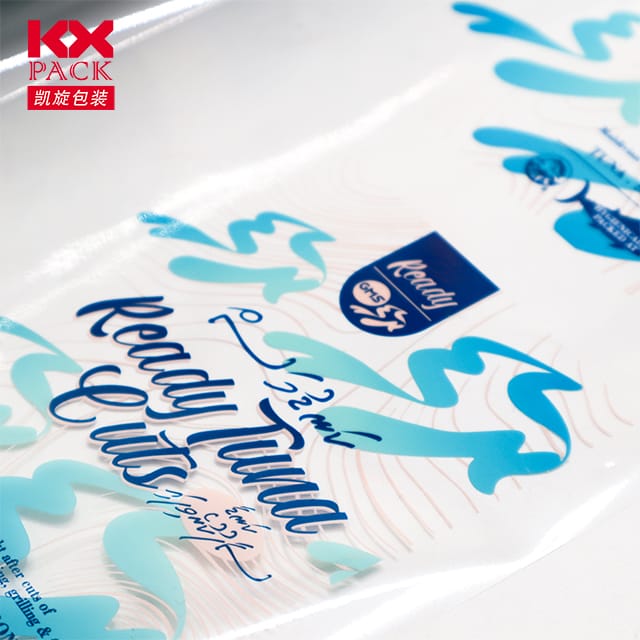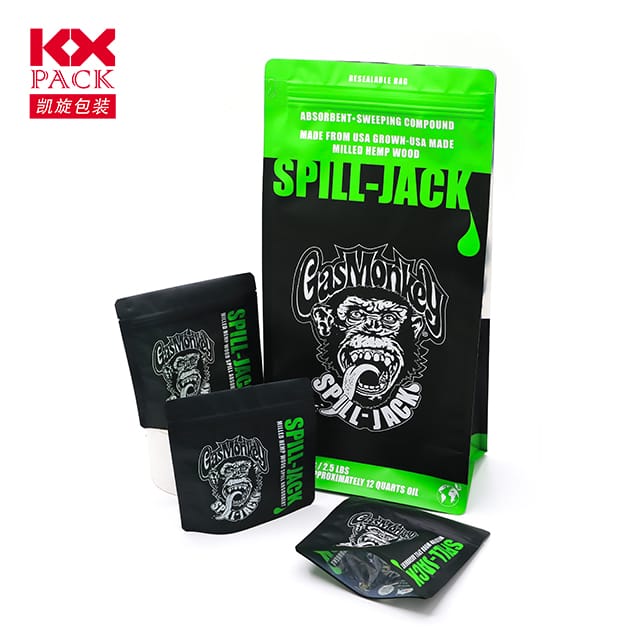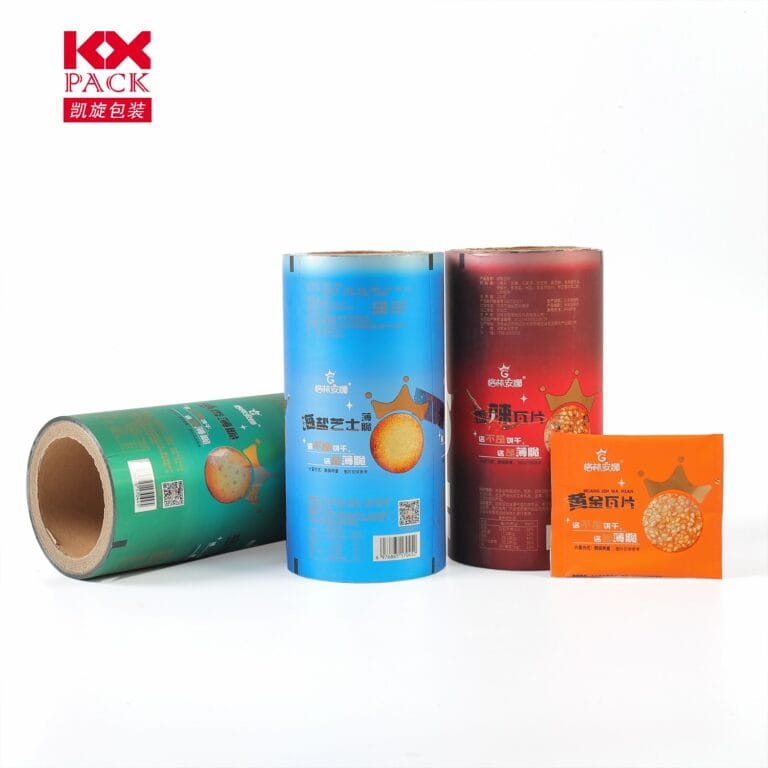Navigeren door de wereld van leveranciers van flexibele verpakkingsfilms: Belangrijkste trends en overwegingen voor 2025
Flexibele verpakkingsfilm
In een tijdperk waar duurzaamheid, efficiëntie, en de houdbaarheid van producten zijn van het grootste belang, de rol van flexibele verpakkingsfolies is verder geëvolueerd dan louter bescherming. Vandaag, deze materialen zijn ontworpen om aan complexe eisen te voldoen – van het verlengen van de versheid van voedsel en het verminderen van verspilling tot het aansluiten bij mondiale milieubewuste trends. Voor bedrijven die op zoek zijn naar betrouwbaarleveranciers van flexibele verpakkingsfilms, Het begrijpen van de marktdynamiek en de mogelijkheden van leveranciers is cruciaal. Laten we de essentie uitpakken.
1. Stijgende vraag naar duurzame oplossingen
De wereldwijde drang naar circulaire economieën heeft de adoptie van milieuvriendelijke verpakkingen versneld. Leveranciers geven nu prioriteit aan biologisch afbreekbaar materiaal, composteerbaar, en recycleerbare films gemaakt van materialen zoals PLA, PHA, of gerecycled PE. Zoek naar leveranciers die zijn gecertificeerd volgens erkende normen (Bijv., ISO 14040 voor levenscyclusanalyses) en bedrijven die koolstofneutrale productieprocessen aanbieden.
Voor de tip: Vraag leveranciers naar hun “van wieg tot graf” duurzaamheidsstrategieën, inclusief partnerschappen voor verwijdering aan het einde van de levensduur.
2. Maatwerk & Materiële innovatie
Modern Flexibele verpakkingsfilm is niet one-size-fits-all. Leveranciers innoveren mee:
- Barrièrefilms: Zuurstof- of vochtbestendige lagen voor bederfelijke waren.
- Slimme verpakking: Films met geïntegreerde sensoren om de versheid te monitoren.
- Lichtgewicht: Dunnere materialen zonder dat dit ten koste gaat van de duurzaamheid.
Belangrijke overweging: Kies leveranciers met in-house R&D-teams om samen oplossingen te creëren die zijn afgestemd op de unieke behoeften van uw product.
3. Veerkracht van de mondiale toeleveringsketen
De verstoringen na de pandemie hebben de noodzaak van wendbare leveranciers benadrukt. Werk samen met bedrijven die dit aanbieden:
- Gelokaliseerde productie: Regionale productiehubs om vertragingen te verminderen.
- Transparante traceerbaarheid: Realtime volgsystemen voor grondstoffen en logistiek.
- Kousprogramma's: Veiligheidsinventarisaties om risico's in de toeleveringsketen te beperken.
4. Kwaliteitscertificeringen & Naleving
Regelgevende landschappen (Bijv., EU-richtlijn voor eenmalig gebruik van kunststoffen, FDA-normen voor voedselcontact) zijn aan het aanscherpen. Zorg ervoor dat leveranciers zich hieraan houden:
- ISO 9001 (kwaliteitsbeheer).
- BRCGS of FSC certificeringen voor materialen die geschikt zijn voor levensmiddelen of uit bossen afkomstige materialen.
- Chemische naleving: Ftalaatvrij, niet-giftige formuleringen.
5. Digitale Integratie & Steun
Toonaangevende leveranciers bieden nu digitale tools om de samenwerking te stroomlijnen:
- 3D Verpakkingsontwerpsoftware: Optimaliseer het filmgebruik en verminder de hoeveelheid afval.
- E-commerceplatforms: Voor snel nabestellen en voorraadbeheer.
- Technische expertise: On-demand advies voor materiaalkeuze of machinecompatibiliteit.
Markt in de schijnwerpers: Opkomende trends
- Monomateriaalfilms: Vereenvoudig de recycleerbaarheid door gebruik te maken van enkelvoudige polymeren.
- Antimicrobiële coatings: Verlenging van de houdbaarheid van producten in vochtige klimaten.
- Flexibiliteit op korte termijn: Digitale printmogelijkheden voor maatwerk in kleinere batches.
Hoe u de juiste leverancier kiest
- Controleer hun portefeuille: Vraag casestudies aan van soortgelijke projecten.
- Fabrieksbezoeken: Virtueel of persoonlijk om de kwaliteitscontroles te beoordelen.
- Pilot testen: Voer tests uit om de filmprestaties onder reële omstandigheden te evalueren.
- Partnerschappen op lange termijn: Geef prioriteit aan leveranciers die in uw groei hebben geïnvesteerd, niet alleen een snelle verkoop.
Conclusie
De markt voor flexibele verpakkingsfolie bevindt zich op een kruispunt van innovatie en verantwoordelijkheid. Door samen te werken met leveranciers die duurzaamheid in balans houden, aanpassing, en veerkracht, bedrijven kunnen hun activiteiten toekomstbestendig maken en tegelijkertijd voldoen aan de veranderende verwachtingen van de consument. Herinneren: De juiste leverancier is niet zomaar een leverancier; hij werkt samen aan uw reis naar slimmer, groenere verpakkingsoplossingen.
Hulp nodig bij het identificeren van topleveranciers? Houd ons in de gaten voor ons volgende bericht met een samengestelde lijst van marktleiders!

